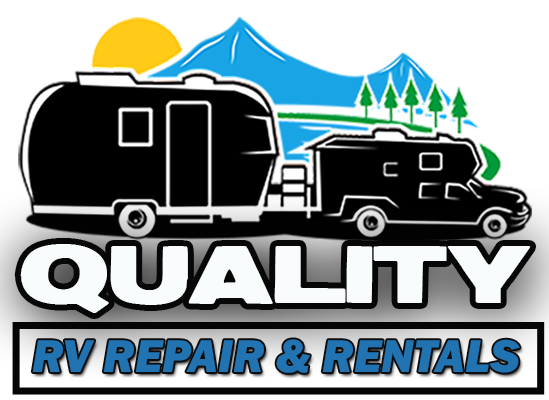Comparing Campsite Types: Which is Right for Your RV Trip?
Embarking on an RV trip opens up a world of possibilities. Whether you’re exploring national parks, seeking beachside relaxation, or parking in urban locations, the type of campsite you choose can significantly impact your experience.
From full hookups to boondocking in the wild, understanding the different types of campsites and their respective benefits can help you tailor your adventure to meet your specific needs.
Types of Campsites and What They Offer
1. Full Hookup Sites
Full hookup sites are the gold standard for many RVers, offering connections to electricity, water, and sewer. These sites are commonly found in well-established RV parks and campgrounds.
Pros: The main advantage of full hookup sites is convenience. With access to power, water, and sewage, you can use all your RV’s systems without worrying about running out of resources or finding dump stations. These sites often come with additional amenities like Wi-Fi, cable TV, laundry facilities, and sometimes even resort-like features including pools and community centers.
Cons: The downside is cost; full hookup sites are typically more expensive than other types of campsites. They can also feel less “natural” as they’re often closely spaced within developed campgrounds.
2. Partial Hookup Sites
Partial hookup sites usually offer a combination of electric and water hookups but no sewer connection. These can be found in both private campgrounds and some public lands.
Pros: These sites strike a balance between the immersiveness of camping and the comforts of modern amenities. They are typically cheaper than full hookup sites but still provide a level of convenience, especially for longer stays.
Cons: The lack of sewer hookups means you’ll need to use communal dump stations, which can be less convenient, especially for extended stays.
3. Boondocking or Dry Camping
Boondocking, or dry camping, involves setting up your RV in a location without any hookups at all. This often occurs in remote public lands managed by agencies like the Bureau of Land Management or in designated wilderness areas.
Pros: Boondocking is ideal for the adventurous spirit seeking solitude and a deep connection with nature. It’s usually free or very low cost, offering a peaceful experience far from crowded campgrounds.
Cons: The challenge of boondocking lies in self-sufficiency. You need to manage your electricity (often through solar panels or generators), water, and waste meticulously. This mode of camping requires significant preparation and conservation efforts.
Booking the Best Site for Your Trip
Choosing the right campsite involves considering your trip’s duration, your RV’s capabilities, and your comfort needs. Popular sites, especially in peak season, require advanced booking. Utilize online resources like ReserveAmerica, Recreation.gov, or campground websites to secure your spot. Read reviews and understand the campground’s rules, particularly concerning fire regulations and wildlife.
What to Expect on Arrival
Arrival experiences can vary greatly:
- Full and Partial Hookups: Expect well-marked sites, often with a check-in process that might include registration and site assignment. Facilities like bathrooms and showers are typically well-maintained.
- Boondocking: Preparation is key, as there will be little to no on-site assistance or marked sites. Ensure you have coordinates or clear directions, and plan to arrive during daylight to set up safely.
Choosing the right campsite for your RV trip depends on what kind of experience you’re looking for. Whether it’s the all-in convenience of a full hookup site, the budget-friendly compromise of a partial hookup, or the rugged charm of boondocking, each offers its own set of advantages and challenges. By understanding these differences, you can plan an RV trip that meets all your expectations for adventure and comfort.



